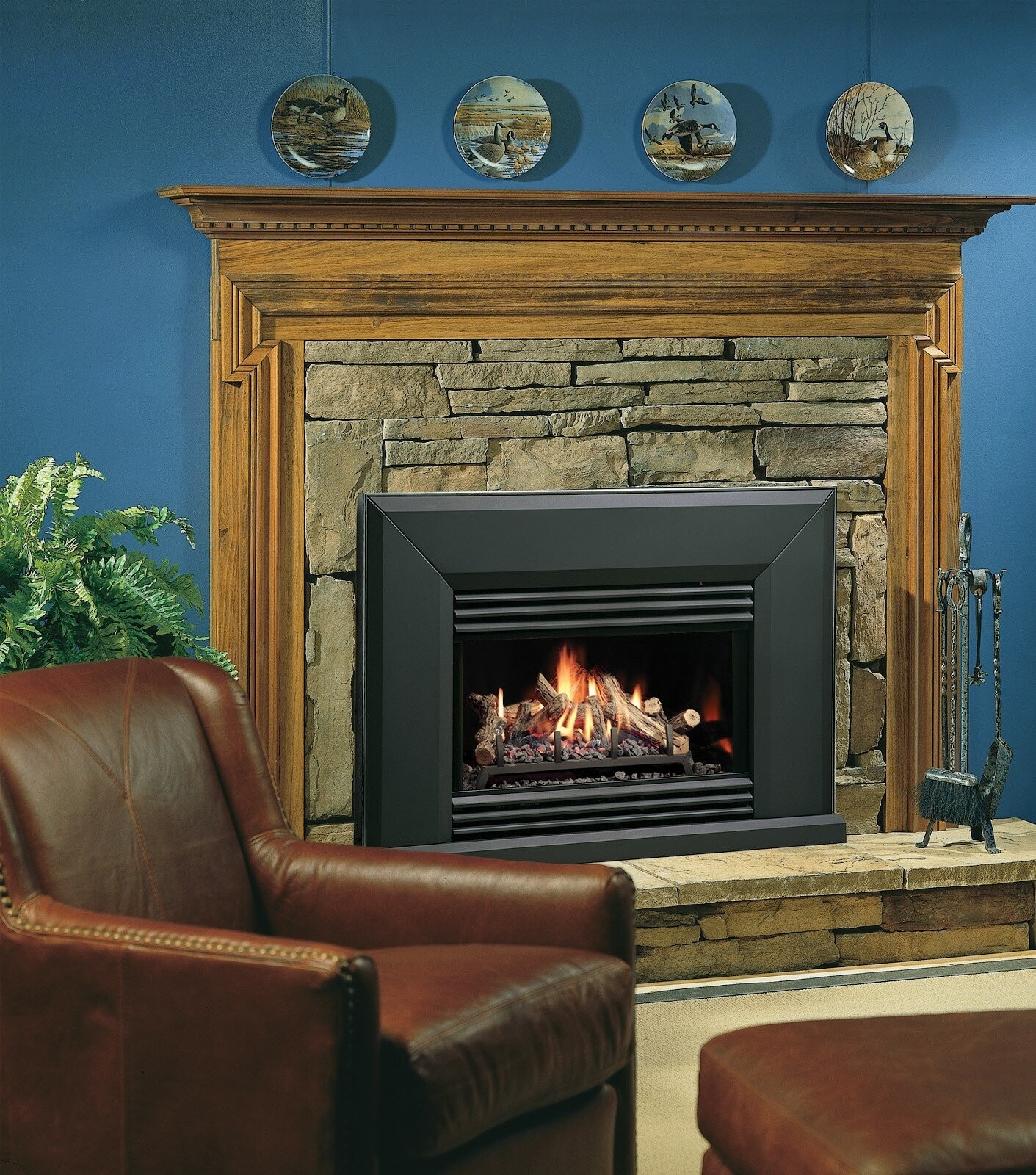Despite what all of the cute country chic magazines might indicate, storing your firewood indoors or right next to the house is not your best option. To protect your firewood and make sure it’s ready for a Denver winter, you’ll want to rethink how you stack and store your firewood.
Timing
You can’t go from splitting fresh wood to throwing it on a fire. Firewood needs to age before you can use it. Otherwise, you can end up with dangerous buildups of creosote in the chimney, as well as buildups of carbon monoxide. The amount of time the wood should be aged depends on the condition of the wood when it was split, but six months is a good ballpark.
Location
Firewood needs to breathe to avoid building up moisture. Wood shouldn’t be stacked directly next to any building—leave a few inches for air to circulate. It should also be said that wood should be kept away from the house. Where there’s wood, there are critters, and you don’t want to give spiders, termites, and others an easy path to the house.
Stacking
Wood should be stacked in rows no more than four feet high. Logs should be kept elevated off the ground somewhat to avoid collecting moisture. Storage options include log racks or pallets and posts. If the wood still needs to age, stack bark side down to encourage moisture evaporation.

Covers
Keep your firewood covered to protect it from overexposure to rain or snow. If the wood isn’t fully seasoned, make sure the ends of the logs are exposed to the air.
If you are looking to purchase a fire pit, wood stove, or indoor or outdoor fireplace, contact Hi-Tech Appliance to meet with one of our wood fireplace sales experts. Take a tour of our showroom or reach out to us for service on your existing fireplace.



